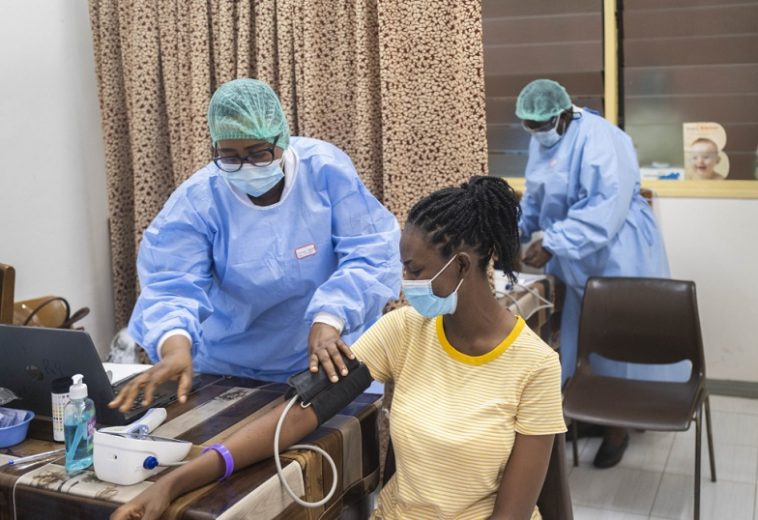Across Africa, a demographic shift is taking place. Millions are leaving rural areas in search of a brighter future in cities. This phenomenon, known as rural-urban migration, is a key driver of the continent’s rapid urbanisation and the rise of megacities, cities with a population of over 10 million. While megacities offer opportunities for economic growth and social mobility, the surge in urban populations presents significant challenges. This piece takes a look at the factors behind rural-urban migration, analysing its impact on megacities, and proposes solutions for fostering sustainable and inclusive urban development in Africa.
The Allure of the City
The statistics paint a compelling picture. According to the United Nations, Africa’s urban population is projected to reach 1.26 billion by 2050, with megacities absorbing a significant portion of this growth. However, several factors fuel this rural exodus such as:
Limited Economic Opportunities: Rural areas often lack job diversity and suffer from low agricultural productivity. The allure of better-paying jobs and improved living standards in cities draws many, particularly young people, to urban centers.
Lack of Education and Healthcare: Rural areas often have limited access to quality education and healthcare services. Cities offer greater access to schools, universities, and medical facilities, acting as magnets for those seeking a better life for themselves and their families.
Climate Change and Environmental Degradation: Droughts, floods, and land degradation threaten rural livelihoods, pushing people to migrate to cities in search of more stable and secure environments.
Megacities on the Rise: A Double-Edged Sword
Currently, Africa is home to three megacities: Lagos, Cairo, and Kinshasa. By 2030, several other cities are projected to join this group, including Dar es Salaam, Johannesburg, and Khartoum, according to the World Bank. While Megacities serve as economic hubs, attracting businesses and investments, and driving economic growth and development. They foster innovation and entrepreneurship by concentrating people, talent, and resources, leading to new industries. These melting pots also offer a vibrant, dynamic environment, attracting diverse populations. Dr. Joan Clos, Former Executive Director of UN-Habitat stated, “Africa’s rapid urbanisation presents a huge opportunity, but we must manage it effectively to avoid creating megacities of slums and despair.”
However, rapid urbanisation also presents significant challenges. The rapid growth of urban populations often leads to slums and informal settlements with poor living conditions, as cities struggle to provide adequate housing. Overstretched infrastructure, such as water, sanitation, transportation, and waste management, is also a challenge. The rapid urban population growth can also lead to high unemployment and exacerbate existing social inequalities. However, Dr. Cheikh Kane, an Urban Development Specialist encouraged that the challenge is to ensure that megacities become engines of inclusive growth, not breeding grounds for poverty and inequality.”
Finding Solutions
Investing in Rural Development: Investing in rural infrastructure, agricultural development, and social services can create opportunities in rural areas, making them more attractive places to live, and potentially reducing the pressure on urban migration.
Urban Planning and Infrastructure Development: Megacities need well-developed master plans to create efficient and sustainable urban environments with adequate housing, transportation, and public services.
Promoting Inclusive Growth: Policies that support job creation, micro-enterprises, and skills development for urban migrants can foster economic inclusion and reduce social inequalities within megacities.
Decentralization and Secondary City Development: Investing in developing smaller cities and regional hubs can help distribute the population growth and reduce the strain on megacities. This creates opportunities for economic development outside major urban centers.
Leveraging Technology: Smart city technologies can improve efficiency in areas like waste management, traffic control, and public service delivery. Additionally, technology can bridge the digital divide, empowering urban residents with access to information and services.
Promoting Stakeholder Engagement: Effective urban development requires collaboration between governments, the private sector, civil society organisations, and local communities. This ensures that solutions address the specific needs and aspirations of city residents.
Rural-urban migration and the rise of megacities present a defining moment for Africa’s future. By harnessing the potential of its young and growing urban populations, Africa can unlock a wave of innovation, economic growth, and social progress. However, navigating this transformation requires careful planning, strategic investments, and a commitment to inclusive development. By addressing the challenges of megacities and fostering sustainable urbanisation, Africa can ensure its cities become engines of prosperity and opportunity for all.




